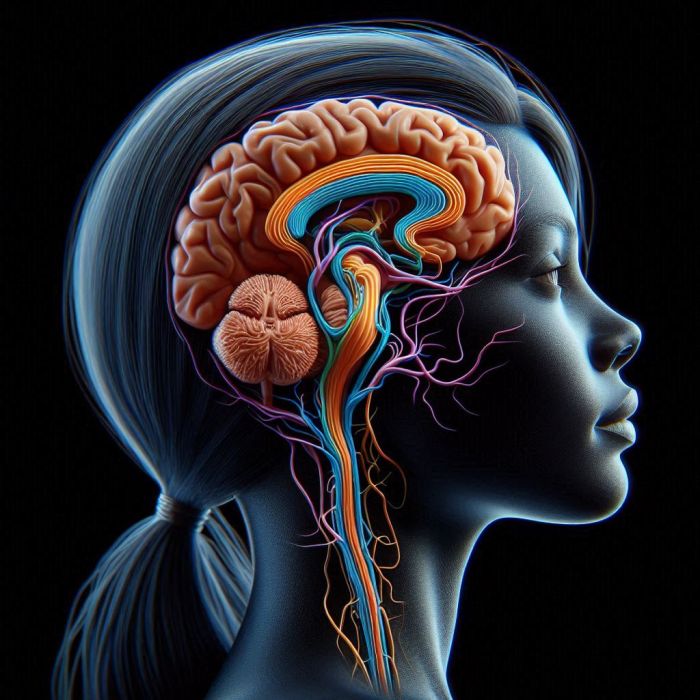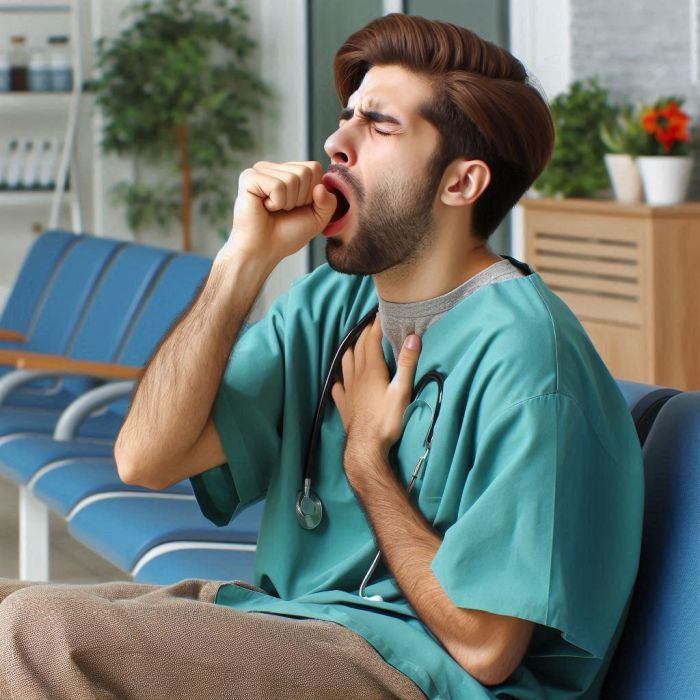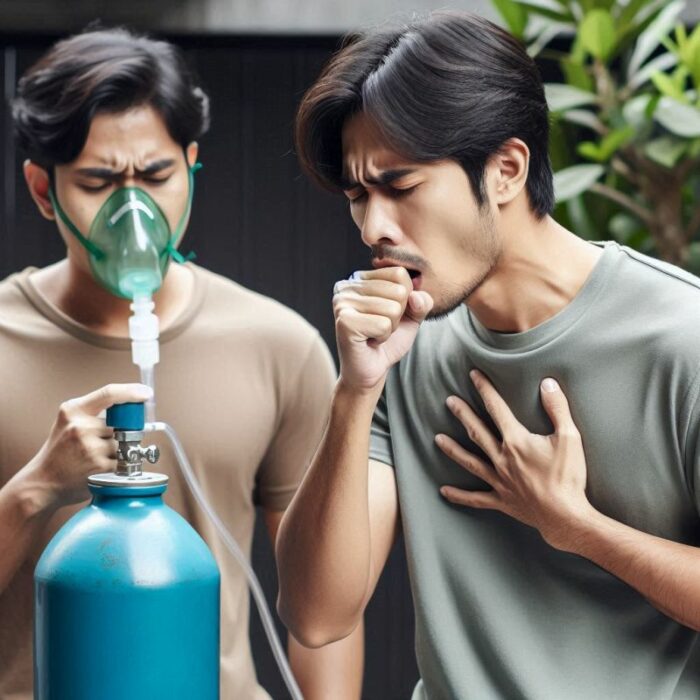
Let’s look at how we breathe, what the hypothalamus does and when poisoning occurs.
Breathing is a process that ensures the supply of oxygen to the human body. Its use in oxidizing processes and removal of carbon dioxide from the body. It consists of three consecutive stages: external breathing, transfer of gases through the blood, internal breathing.
The human respiratory system is a set of organs that ensure the external respiration of a person (gas exchange between inhaled atmospheric air and blood that circulates in a small circle of blood circulation).
We breathe with the help of lungs.

We inhale through the nose or mouth. In the nasopharynx, the air is cleaned, heated and moistened. Then it passes through the larynx and trachea to the bronchial system. Their mucous membrane also helps to clean the air from foreign bodies and disease-causing microbes. Further, the bronchi branch many times, turning into bronchioles. Air enters the alveoli from the bronchioles. Each alveolus is surrounded by a network of capillaries. Gas exchange occurs through the walls due to diffusion: erythrocytes give off carbon dioxide and add oxygen.
With each breath, approximately 0.5 liters of air enters our body. This is from 6 to 9 liters per minute, and about 10,000 liters per day. The younger a person is, the more often he inhales and exhales. Adults take 12 to 18 inhalations and exhalations per minute. Teenagers – 20, and small children – 25. Newborns breathe most often: from 40 to 60 inhales and exhales every minute.
Hypothalamus and how long can you not breathe?

How do we breathe and what does the hypothalamus do? The hypothalamus is a part of the human brain that regulates the stability of the body’s internal environment. It controls the amount of carbon dioxide in the blood. If there is a lot of this substance, the brain turns on various mechanisms to reduce its level. We breathe automatically.
Of course, you can hold your breath for a certain time, but it is impossible to turn off your breath completely. In healthy, but untrained individuals, the time of holding your breath:
40-60 sec. men
30-40 seconds in women
up to 60-120 sec. in athletes.
How do we breathe and why do we cough?
There are glands in the trachea that secrete mucus. It moisturizes and cleans the respiratory tract from dust. Next, the upper layer of the mucous membrane forms a ciliated epithelium, each of whose cells has microscopic cilia. Small foreign particles bind in the mucous membrane, then the cilia push them along the trachea to the pharynx. When mucus enters the larynx, we cough it up. During coughing, dust particles enter the pharynx and are swallowed. This happens reflexively.
How do we breathe and when does nitrogen poisoning occur?

Oxygen is needed for biochemical processes in the body. The rest of the atmospheric gases that have entered the bloodstream do not take part in transformations and are excreted from the body unchanged.
Thus, there is always a certain amount of atmospheric nitrogen in the blood. In the blood of a scuba diver who uses a device with compressed air. It is also present, moreover, in greater concentration. Sometimes this causes nitrous poisoning (a disease of the deep) when there is gratuitous gaiety.
Memory disorders, at depths of 80-100 m, visual and auditory hallucinations, movement coordination disorders, narcotic sleep appear. The causes of nitrogen poisoning and such a condition have not yet been studied.